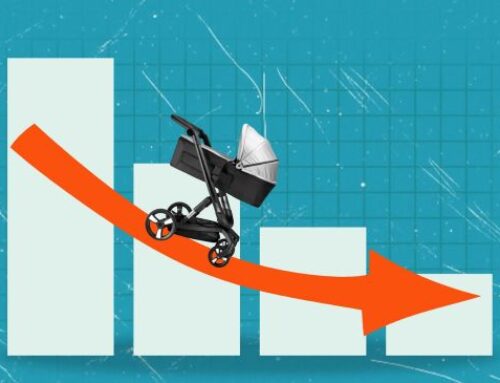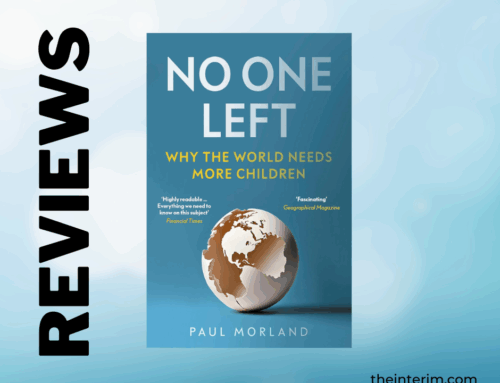Paul Tuns:
The C.D. Howe Institute, a right-of-centre economic think tank based in Toronto, published a study that warns that lower fertility rates and rapid aging “creates challenges for public finances.”
The study, “Another Day Older and Deeper in Debt: The Fiscal Implications of Demographic Change for Ottawa and the Provinces,” by William B.P. Robson and Parisa Mahboubi, warn that the inverted pyramid of Canada’s population structure means lower economic growth as people age out of the workforce and increased government spending on senior supports and health care as the population gets older will combine to be a drag on provincial finances.
Canada’s “changing demographics matter for public finances” say Robson and Mahboubi, because increased spending, especially by provincial governments responsible for delivering health care, will impact taxes and other spending.
An aging society impacts government finances in two ways: decreasing taxable income as workers retire and increasing spending on seniors’ benefits and health care, to say nothing of pension liabilities. Most of the higher health care costs for seniors fall into one of three categories: senior-based drug programs, hospital stays, and long-term care provisions.
The authors point out that the old-age dependency ratio – the number of people older than 64 compared to those 18-64 – rises from 30 per cent today to another way, today there is fewer than one senior for every three potential workers but in 43 years, there will be roughly one senior for every two potential workers. In 1997, there was one senior for every five potential workers.
“Another Day Older and Deeper in Debt” makes estimates about population, the economy, and government revenue and spending out to 2067. They estimate that health care spending by the provinces will increase from 7.6 per cent of Gross Domestic Product in 2023 to 12.7 per cent in 2067. This will be partially offset by lower costs for education and family benefits as fertility rates settle in at about 1.37 children per woman of child-bearing age.
Total program spending for health care, education, elderly benefits, and family benefits will increase from 15.2 per cent of GDP in 2022 to 19.7 per cent in 2067, but some provinces are more impacted than others with the Atlantic provinces and northern territories spending between 21.4 and 29.9 per cent of GDP on these programs while Alberta and Saskatchewan will spend 12.7 per cent.
The required tax rate change by 2067 to pay for these increased costs range from an increase of 16 per cent in Saskatchewan to more than 40 per cent in the Atlantic provinces, and between 130 and 323 per cent in the northern territories. In total the provinces and territories will have to raise more than $2 trillion dollars in additional revenue to cover their increased health care costs and seniors’ benefits. If they don’t, it will increase their debt burdens, including servicing that debt with higher interest payments.
Federally, there will be no difference in its spending for dependent Canadians (youth and seniors) unless they change their policies.
The authors say that increasing federal transfers payments from Ottawa to the provinces is not the solution to the increased pressure of rapidly rising health care costs. They say that transfers “blur accountability for taxes and program quality” and “threatens to undermine fiscal discipline that Canadians need from provincial governments.” Robson and Mahboubi prefer to see provinces improve the delivery of health care and to pay for program spending by increasing consumption taxes (provincial sales taxes). They also call for more creative policies that expand private alternatives to unsustainable publicly-funded programs.
Robson and Mahboubi argue “the fiscal impact of demographic change … is sometimes compared to glacier,” explaining, “the implication is that changes, being gradual, require no dramatic reforms to health care or public policies more generally.” They state that the truth is quite the opposite, with their projections showing “the cumulative impact of even modest annual changes over time is not small — especially when the impact of aging on the revenue side is factored in.” If provincial governments do not begin to reform policies now, “demographic change will stress the budgets of Canada’s provinces and territories in the decades ahead.”
The study did not examine how policies that boosted fertility would change the long-term calculations with their assumption that fertility will rise modestly from 1.33 to 1.37.




